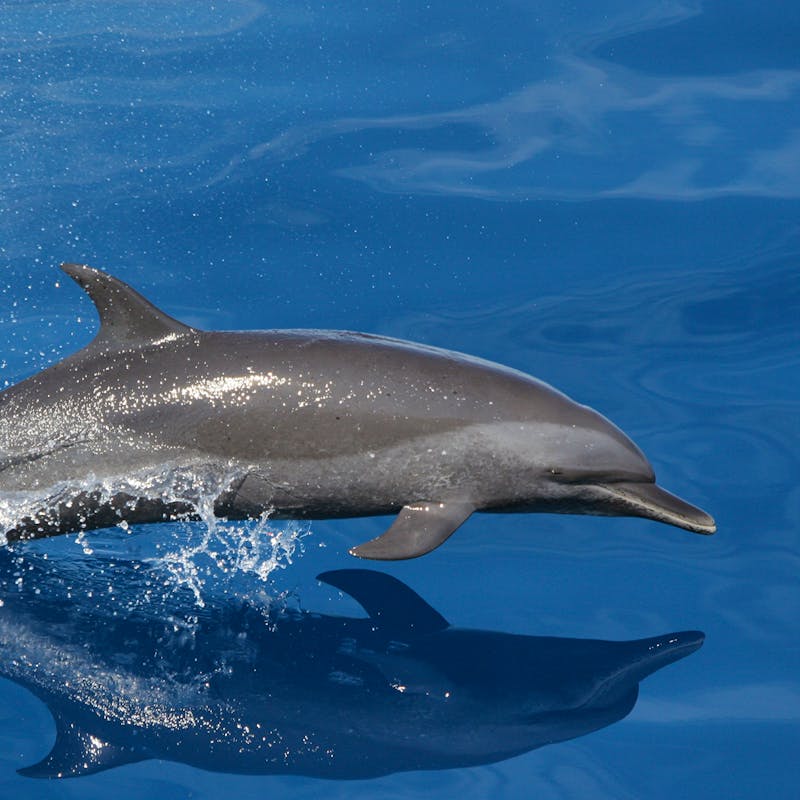
Responsible beach management will allow imperiled wildlife like the piping plover to continue down the path to recovery.
BREAKING: The National Park Service (NPS) today announced new rules to manage off-road vehicle traffic on beaches so nesting and baby sea turtles and birds as well as pedestrians are protected in Cape Hatteras National Seashore, according to conservation groups.
In 2007, the groups—Audubon North Carolina, Defenders of Wildlife and Southern Environmental Law Center— turned to the courts for help in getting the NPS to implement long overdue safeguards for pedestrians and beach-nesting wildlife on park beaches overrun by off-road vehicles.
“The park service’s rules are a compromise that provides protections for both pedestrians and wildlife while still allowing responsible beach driving,” said Julie Youngman, senior attorney, Southern Environmental Law Center.
The long-awaited rules are the final step in a process agreed to by all parties concerned about beach driving in the national seashore. During an interim management period prior to today’s rulemaking, rare bird and sea turtle populations showed signs of recovery, park visitation held steady or increased annually, and tourism remained strong in Dare County, NC, where much of the seashore is located, despite a recession.
“With both the number of hatchlings and visitors to the beach climbing, the success of responsible beach management is clear,” said Jason Rylander, senior attorney for Defenders of Wildlife. “The new rules will ensure that Cape Hatteras continues to provide enjoyment to beach users while protecting the unique wildlife that call the seashore home.”
Tourism flourished in Dare County during the period when interim protections were in place. Rental occupancy receipts in Dare County increased by millions over the previous decade as recorded by the Outer Banks Visitors Bureau. Park visitation and gross occupancy inDareCountyduring peak breeding and nesting season under interim management held steady or increased compared to the three preceding years. According to a state report on tourism for 2009-2010, Dare County experienced an 8.8 percent growth in tourism—making it among the top growth counties in the state during a recession. The county’s strong tourism industry employed 11,260 people with $172 million in payroll and generated $44.55 million in tax receipts for the state and $39.78 million in local tax receipts.

After three years of temporary protections, a record-breaking 153 sea turtle nests were recorded at Cape Hatteras.
As a unit of the National Park System, Cape Hatteras National Seashore has been required under federal law since 1972 to establish guidelines that minimize harm from the use of off-road vehicles to the natural resources of the seashore in accordance with the best available science for present and future generations. The new rules bring the NPS into compliance with that requirement.
The park service’s rules allow ORV use on the majority of the seashore. Twenty-eight of the seashore’s 67 miles are set aside as year-round ORV routes, with only 26 miles designated as year-round vehicle-free areas for pedestrians, families, and wildlife. The remaining 13 miles of seashore are seasonally open to ORVs. The plan also proposes new parking facilities, ORV ramps, and water shuttles to increase visitor access to beaches.
“Under the reasonable, science-based management of the past few years, beach-nesting birds and sea turtles are rebounding at Cape Hatteras National Seashore and visitors continue to flock to this national treasure,” said Heather Starck, executive director of Audubon North Carolina. “The new rules appear to give the National Park Service the guidance to protect and manage the natural resources while allowing for responsible ORV use.”
With temporary beach driving rules implemented in April 2008, beach-nesting birds and sea turtles within the national seashore showed signs of recovery after reaching alarming lows under unmanaged beach driving. Only 44 sea turtle nests were recorded in 2004, but a record-breaking 153 sea turtle nests were recorded in 2010 and 147 sea turtle nests were recorded in 2011. No piping plover chicks survived to fledge (learn to fly) in 2002 and 2004, but 15 chicks fledged in 2010 and ten fledged in 2011.





Follow Defenders of Wildlife
facebook bluesky twitter instagram youtube tiktok threads linkedin